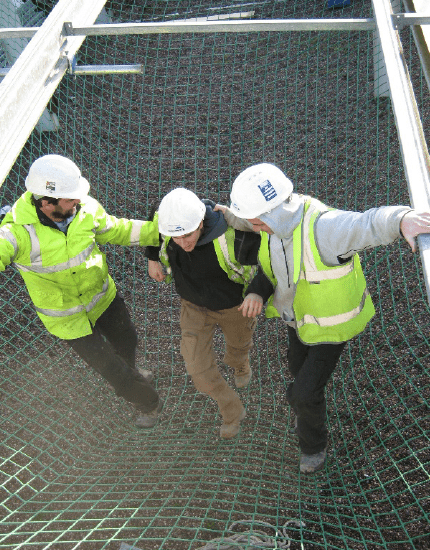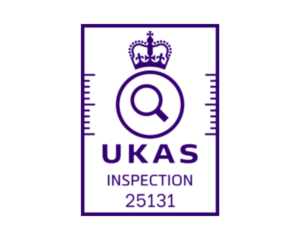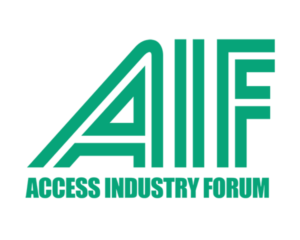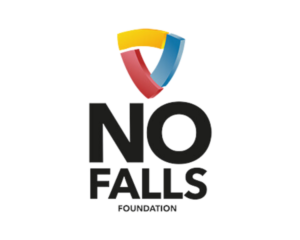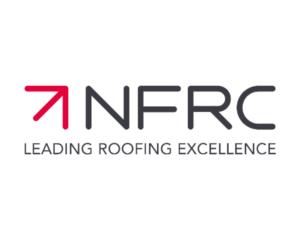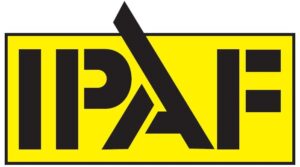In the construction industry, employers have a duty to ensure their teams are safe on site and that safety measures are ALWAYS in place before undertaking work at height.
FASET – Fall Arrest Safety Equipment Training – is the established trade association and training body for the safety netting and temporary safety systems industry. FASET has long been a foundation in supporting its members with expert quality guidance, dedicated working at height training and exclusive membership benefit schemes all with the intention of promoting a safer way of working.
It is crucial that employers don’t just view safety systems as a box-ticking exercise – as this guide shows.
<h2>Safety Net Rescue</h2>
Those responsible for employees and workplaces need to be clear that when safety nets are provided, there is a potential for the need to carry out a rescue.
The Work at Height Regulations make specific references to rescue as follows:
“Organisation and planning”
- (1) Every employer shall ensure that work at height is:
- properly planned…and that its planning includes the selection of work equipment in accordance with regulation 7.
(2)… planning of work includes planning for emergencies and rescue (The Work at Height Regulations 2005).
Regulation 7 of The work at Height Regulations goes on to say:
“Selection of work equipment for work at height”
- 7. (1) Every employer, in selecting work equipment for use in work at height, shall:
- take account of:
(v) the need for easy and timely evacuation and rescue in an emergency
(vi) any additional risk posed by the use, installation or removal of that work equipment or by evacuation and rescue from it” (The Work at Height Regulations 2005).
To meet the obligations within the Work at Height Regulations, there should be a clear plan in place. It is not possible for FASET to be prescriptive due to site variations, however the following bullet points should always be considered:
- Who will be in charge when a rescue needs to be carried out. Everyone needs to know the chain of command.
- Who will write and communicate the rescue plan and ensure that all participants understand their role.
- How it will be ensured that all resources (equipment and people) referenced in the plan are appropriate, trained and available at all times.
- What parameters will define whether a rescue is appropriate.
- What parameters will define whether the emergency services should be contacted.
- Specification of the role of the competent first aider.
- How the net will be quarantined.
- Who will report the “fall” and get it checked.
- Specification of the rescue route and casualty station.
Practice rescue drills should be carried out.
In no particular order, methods of rescue may include:
- Self-rescue by climbing out of the net.
- Rescue from above (up to two persons may enter the net from above to assess, treat or aid the
- faller).
- Rescue from below by positioning a stretcher beneath the faller and cut the net to release them
- Rescue from below using a MEWP.
- Rescue from below using inflatable rescue systems.
FASET provides a rescue workshop to deliver further detail on this subject.


